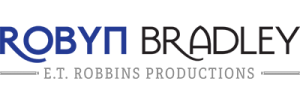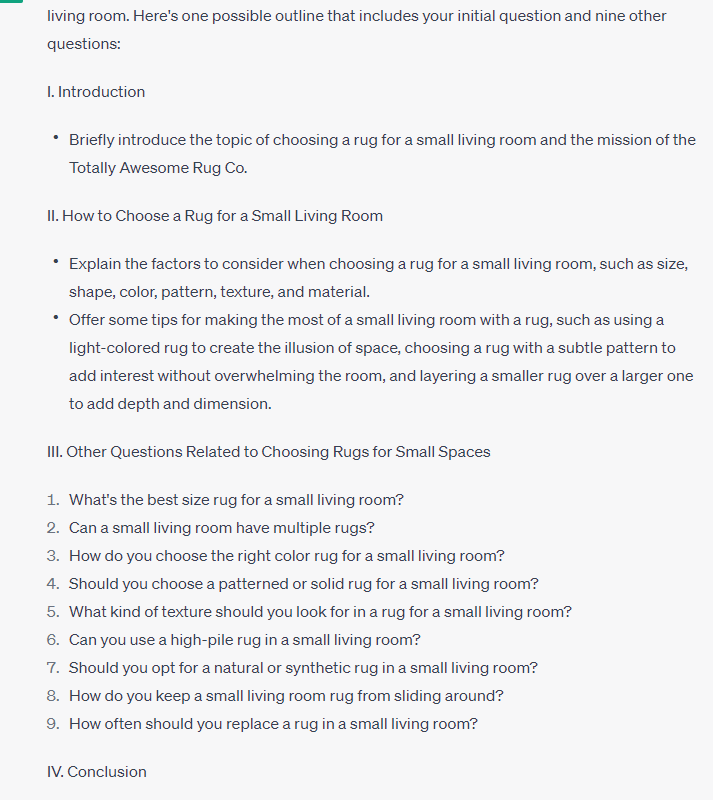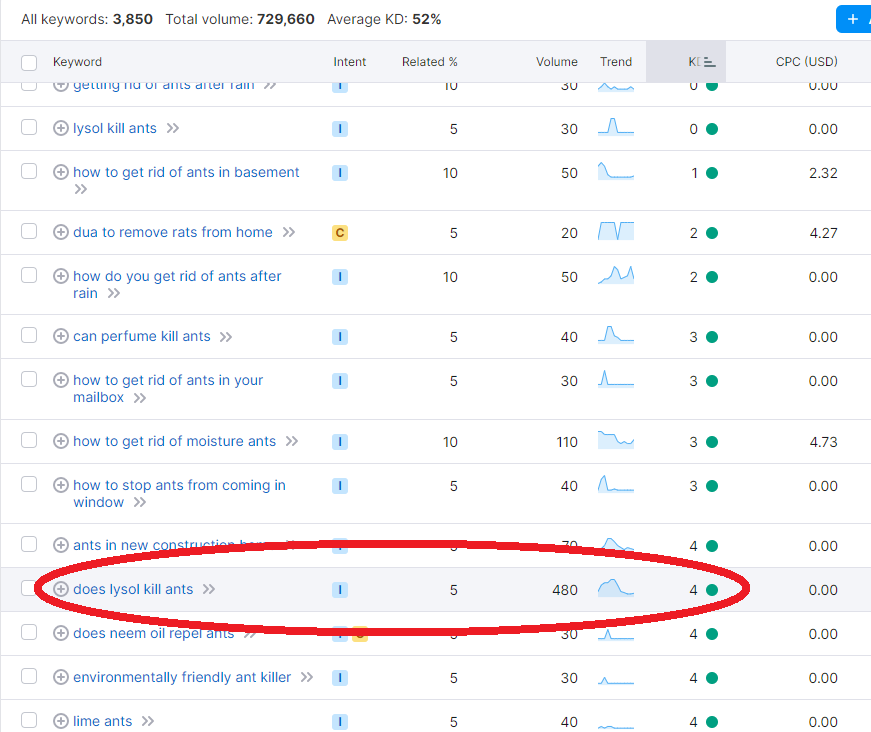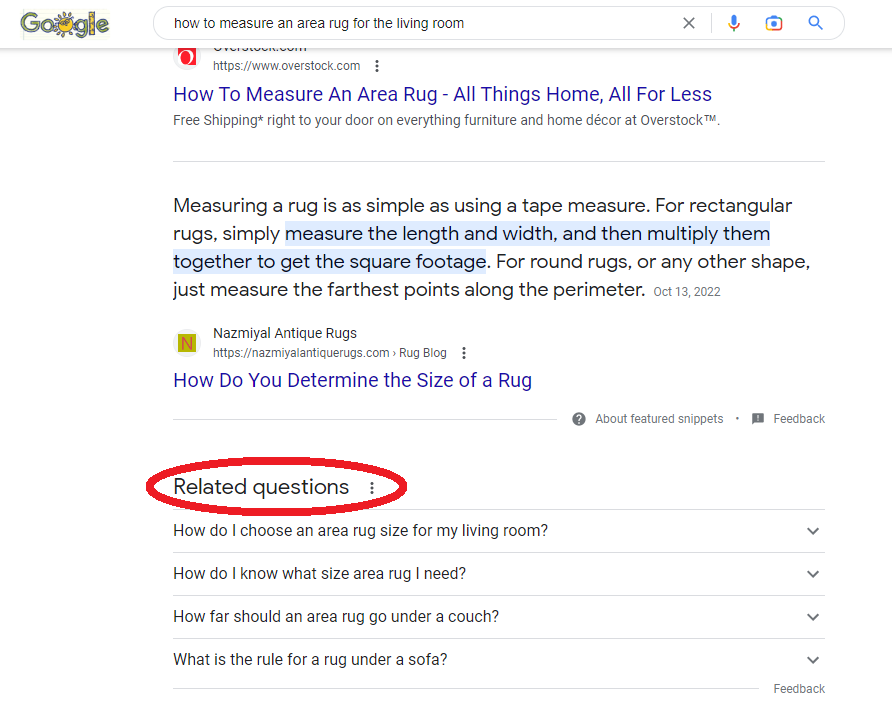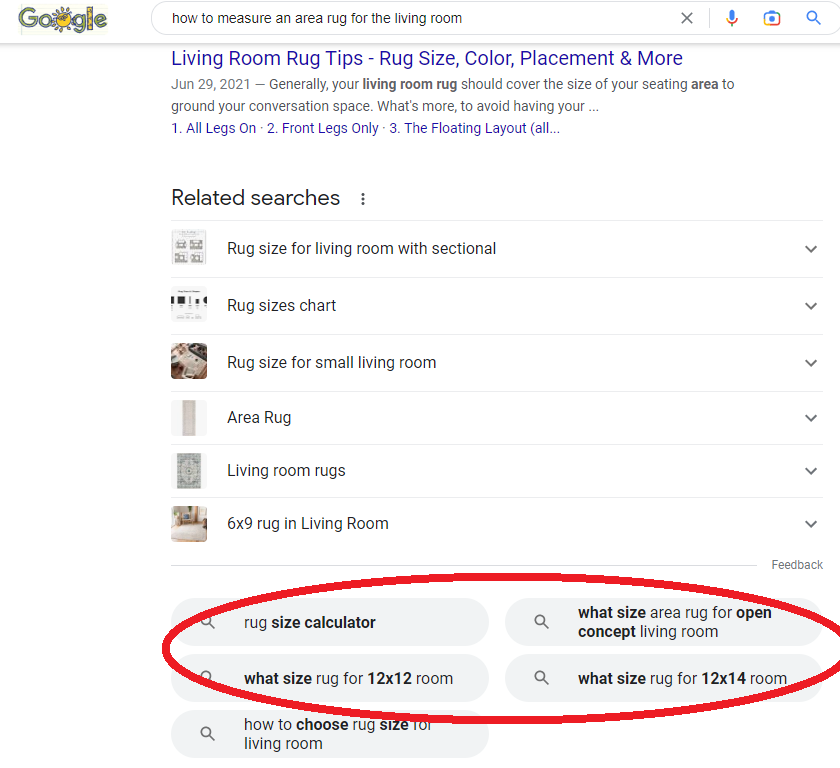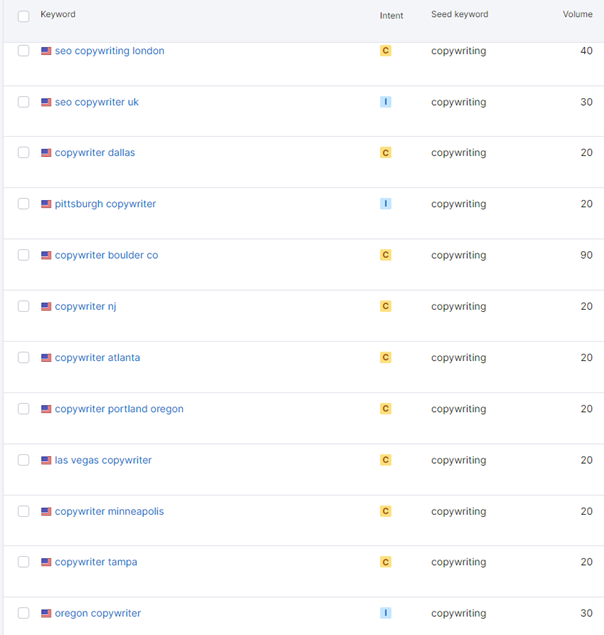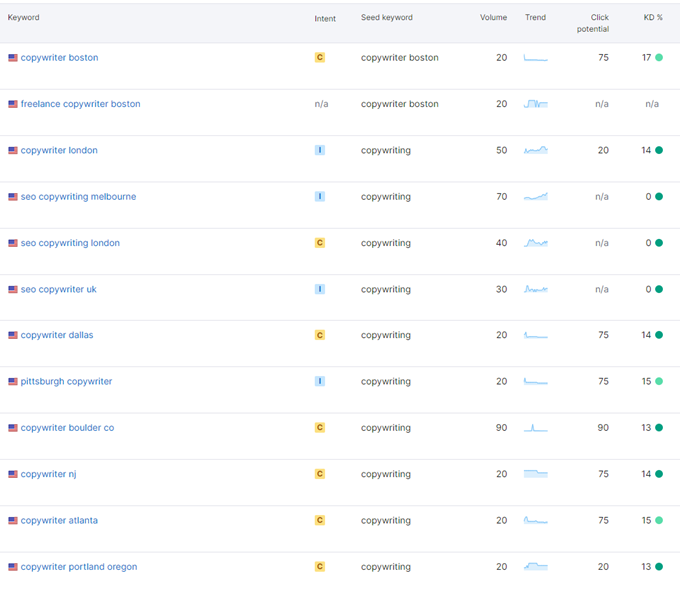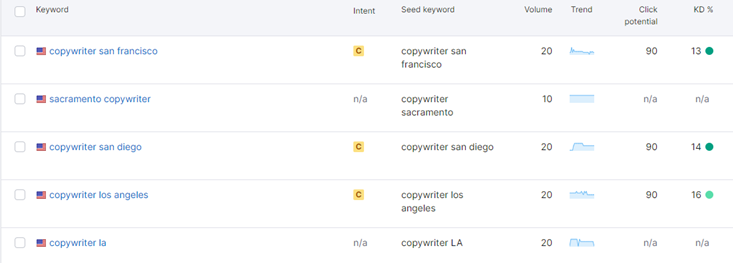How to Write a Compelling Blog Post [Tips for New Copywriters]
If you’re a new copywriter wondering how to write a compelling blog post, you’re not alone. First, what the heck does “compelling” even mean? You’re going to hear that word a lot as you’re learning about copywriting and content marketing. You’ll also hear the word “engaging.” Write engaging copy, they said. Write compelling copy. Write copy that resonates.
OK, so that last directive—write copy that resonates—is the one to focus on. Why? Because at least it references the audience who’s reading the content.
For example, a blog post titled “Does Lysol Kill Ants?” might be of ZERO interest to most people. But for the 480 people searching on that phrase every month, the copy will likely resonate.
My point: One person’s idea of compelling or engaging copy might be another person’s snoozefest.
[BTW: Do you learn better by listening or watching a video? I got you! Scroll to the end of this article, and you’ll find my video on this topic.]
When considering “how to write a compelling blog post,” always frame it from your target audience’s perspective.
- What will they find compelling?
- What do they care about?
- What questions are they asking?
- What are their “pain points”?
- What keeps them up at night?
To find out this info, turn to your client’s . . .
- Formal buyer personas (if they have them)
- Actual customers
- People on the frontlines who interact with customers, like sales reps
- Competitors . . . what are they writing about?
Once you develop potential topics, you’ll turn to Google to find the right keyword phrase. (I go over all this stuff in my article on how to structure a blog post for SEO.)
Now, I know I still haven’t answered your question about how to write a compelling blog post that will genuinely resonate with readers.
I think the better question to ask is this: How do you write something that your target audience CAN’T find anywhere else?
Because if you’re able to find that special something-something, that’s when you’ve got what’s necessary to create a compelling blog post.
1. Look for those odd-ball stories, amusing anecdotes, and cautionary tales.
Let’s go back to my “Does Lysol kill ants” example. Any pest control company can address the topic of whether Lysol kills ants. And most would likely say the same thing.
But maybe the pest control company you’re writing for has an amusing story about a couple that bought three cases of Lysol to attack their ant problem. But the only thing that happened was they ended up with a house that smells like “mountain breeze” Lysol and ants marching around high on fumes, overtaking the place.
I’m riffing here, but you get the idea. That would be an amusing cautionary tale to use in your blog post’s intro before getting into whether Lysol works, do other home remedies work, what about ant traps, and when should someone finally call in a professional.
A blog post that includes all that would likely be considered “compelling” by all those folks who are googling about their ant problem.
So, how do you unearth these nuggets? Talk to your client. I guarantee they have these stories. Do a free-wheeling interview and record all the little anecdotes in a tickler file that you can dig into whenever you need a good story to liven up a blog post.
2. Get more mileage out of the client’s Google reviews.
Or their reviews on places like Yelp, Trustpilot, and Capterra. Reviewers often serve up interesting tales or new pain points you hadn’t considered.
You could curate five amusing 4- and 5-star reviews about a similar theme. For example, going back to my ant infestation obsession, the pest control company could pull reviews about happy customers who were dealing with an ant problem. Take screenshots of their reviews and embed them into the blog post. Have the client (or appropriate sales rep or whatever) provide context for each situation.
This idea isn’t a one-trick pony, either. Find other themes in other reviews. For example, maybe other reviewers talk about their problem with wasps. You could do another blog post on that.
You get the idea. Reviews offer a treasure trove of info—ideas for blog posts, good phrases for branding, and questions or comments that could lead to a winning keyword phrase for a blog post.
3. Write a “we effed up” blog post.
Apology blog posts, when sincere, can be extremely compelling—and they can go a long way at building or restoring trust with your target audience. Heck, Domino’s made it the cornerstone of its advertising campaign.
This obviously won’t be the type of blog post that you put in regular rotation. And you’ll want to be careful in how you present it. (NOTE: I’m not talking about an apology that you MUST put out there because your business made a massive error. That’s a different thing: crisis management.)
- Make sure several people review your apology post before it goes live.
- Have your lawyer review it too if there are any questions your apology could lead to legal issues.
A company owning up to a mistake and showing the specific steps they’re taking to do better can be a compelling read.
And I realize this might not be your idea (or your client’s idea) of “compelling.” 🙂 But compelling doesn’t always mean something that’s rah-rah and full of rainbows and puppy dogs.
4. Share heartwarming stories.
Heartwarming stories are always crowdpleasers. People LOVE heartwarming stories. Consider human-interest features about the client’s employees, customers, or a charity your client’s company supports. Do an interview, get pictures, or record a video. There are LOTS of ways to tell heartwarming stories, and they always make for good reads—and can show the softer side of a business.
For the urology practice that I do a lot of writing for, I did a blog post interview with one of the physician assistants who did a mission trip to Malawi. That was a fun piece to write and share.
5. On the flip side, share a contrarian point of view.
For that same urology practice, when the U.S Preventive Services Task Force made new recommendations regarding prostate cancer screening, the CEO of the practice disagreed with the recs, and so we did a blog post with his response.
This can be an effective and compelling approach (and can help position your client as a thought leader in their space/industry).
Again, you’ll want to be careful with this sort of format:
- Make sure several people review the content before it goes live.
- Be careful about polarizing topics. If you go that route, be prepared for potential backlash from customers and non-customers alike. And have a plan for handling it.
Remember, when it comes to “how to write a compelling blog post,” look for the angle that readers won’t be able to find anywhere else.
And always ask yourself, “What do my client’s customers want to read about? What will THEY find compelling?” It’s not about what you think will be enthralling.
Got a Question for the Copy Bitch?
That’s me! I’m the Copy Bitch. Contact me or visit my YouTube channel and leave a comment on one of my videos. I might make a blog post or video with the answer.
